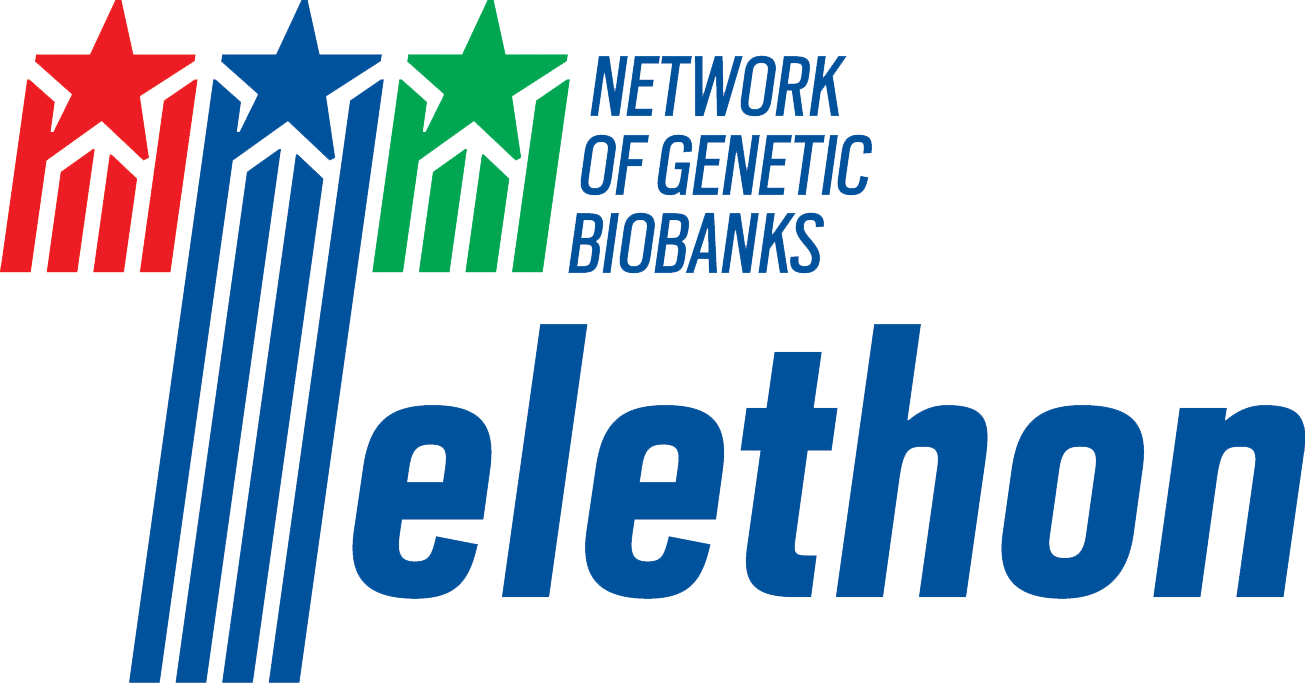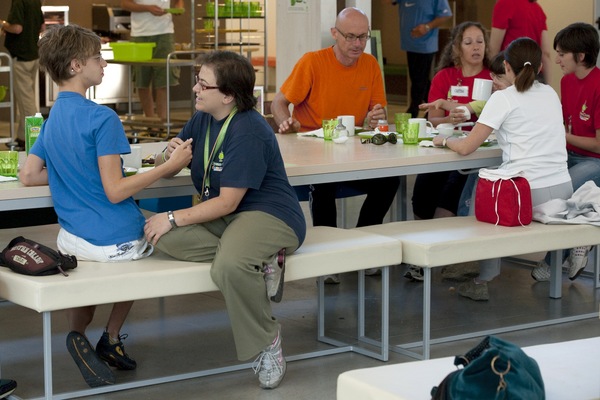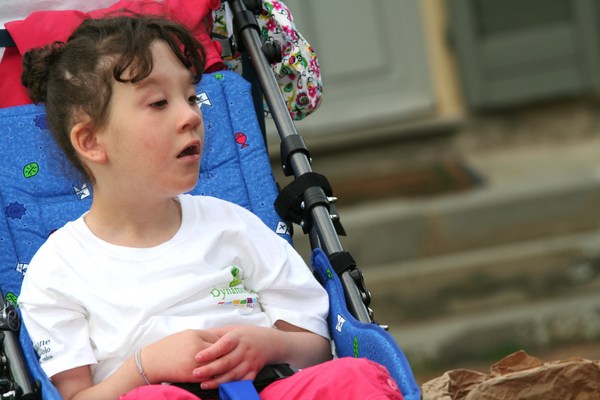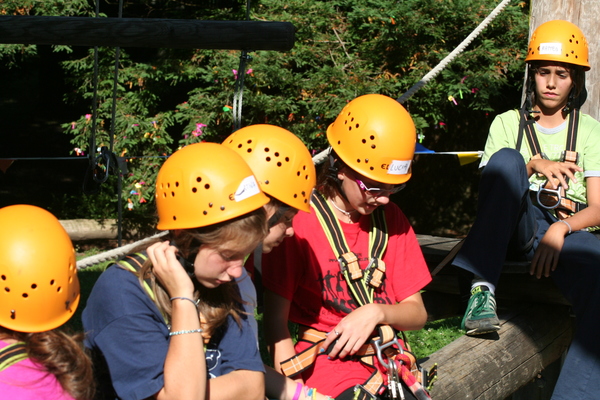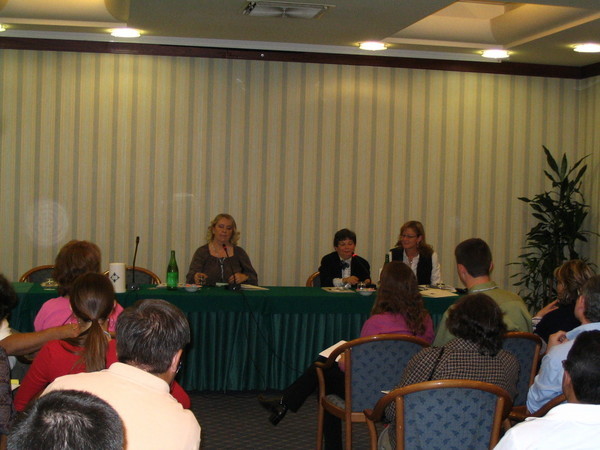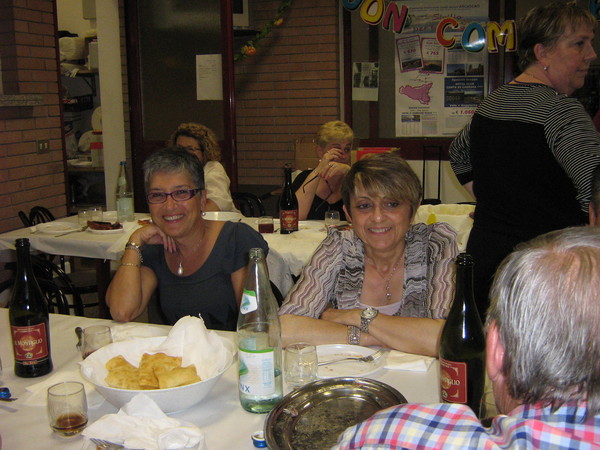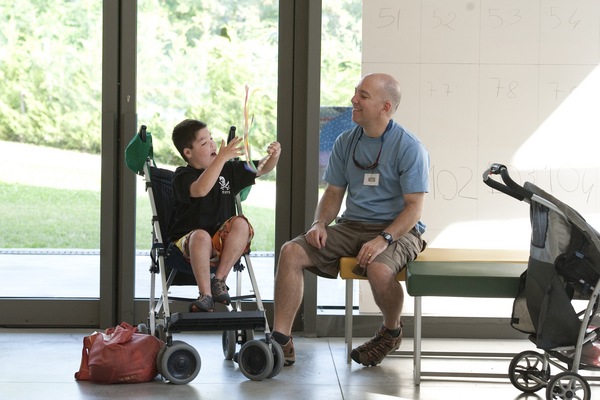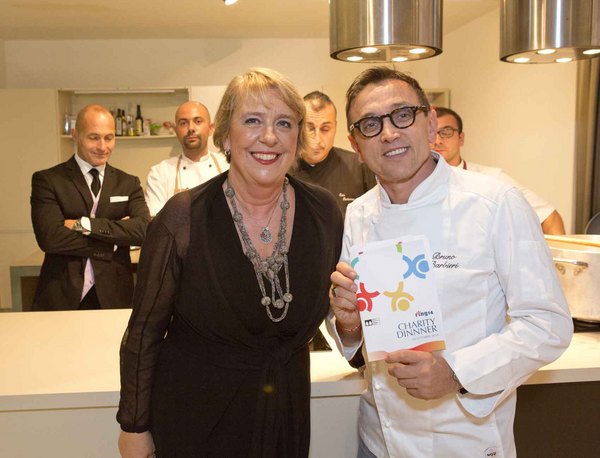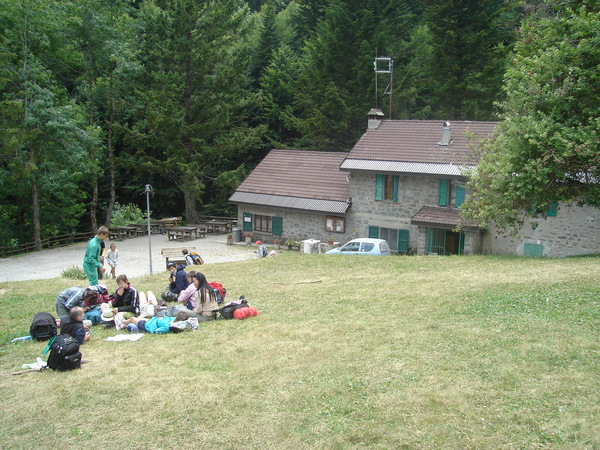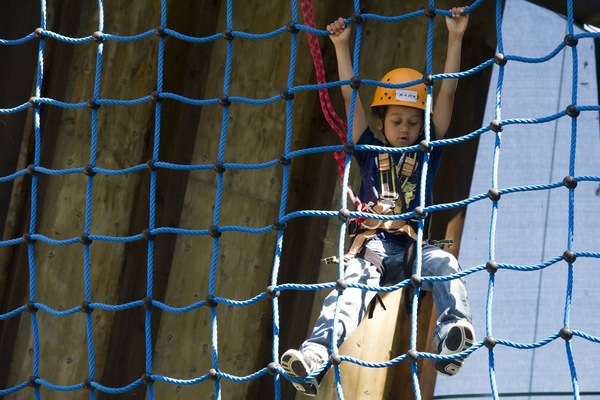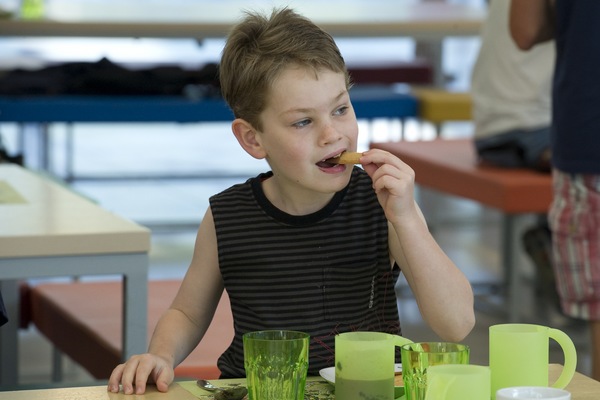PRODUCTION OF STABLE AND INDUCIBLE (IPSC) CELL MODELS OF THE RING14 SYNDROME
| Project Leader | Wynshaw-Boris Anthony |
| Host Intitution | Case Western Reserve University, Cleveland (USA) |
| Duration | 1 year |
| Start-up date | November 2015 |
| Financed amount | € 50.000 |
| Status | Completed |
| Output/achievements |
Abstract
The understanding of the pathophysiology of Ring 14 syndrome will require the production of model systems in human induced pluripotent stem cells (iPSCs). The major impediment to producing stable human cellular models of Ring 14 syndrome in iPSCs is that ring chromosomes are lost during reprogramming of fibroblasts to iPSCs (Bershteyn et al. 2014). The loss of ring chromosomes has been confirmed in iPSCs derived from patients with Ring 14 syndrome. We propose to use CRISPR/Cas9 genome editing to introduce loxP sites on the ends of Chromosome 14 in wild-type iPSCs. When Cre is induced in these cells, we will be able to produce cells with Ring14 in a controlled fashion, allowing us to use these iPSCs to model Ring 14 syndrome. We will produce two types of iPSC cellular models with inducible Ring14: 1) Ring 14 that contains no deletions; and 2) Ring 14 with the largest deletion seen in Ring 14 syndrome.
We will use techniques we have already established in the laboratory, so these studies are feasible.
Once these cells are produced and validated, we will provide them to any researcher wishing to study Ring 14 syndrome.
MeSH terms
Ring14 Induced pluripotent stem cells; Genome editing; Model systems Cre-.-loxP
https://www.youtube.com/watch?v=RnlU_L0dPRQ
Documents
› Project (75 KB)







